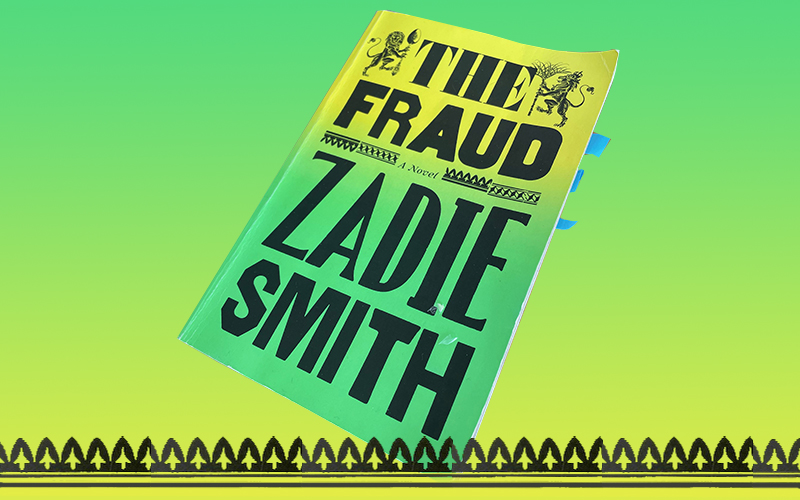Mr Allbones’ Ferrets, by Fiona Farrell
If you’re a library browser, pick this one up – although in the Hastings City Library you’ll have to look in the Science Fiction category (and I’m not sure whether to be the smart-arse and tell them or not).
Fiona Farrell’s Mr Allbones’ Ferrets is lovely historical fiction set in my favourite era, mid-19th Century, when those Victorians were exporting their exuberant passions all over the globe and wreaking havoc on the balance of things.
It’s a strangely paced book – all build up to the journey, and then the shock and resolution is hasty. Farrell wrote this over a decade (and many books) ago and I’ll review her latest book next (Decline and Fall on Savage Street) which is a masterpiece of pace – though again, unconventional.
There’s lots of unconventionality to enjoy in Mr Allbone. He is a young poacher and his speciality is ferrets, which he uses to flush out rabbits for the pot. He has a clutch of young ‘uns at home to feed – brothers and sisters. His mother lies beneath the wild garlic outside St Peter’s wall (a typically understated, but telling phrase). Along with the nest at home Allbones himself is ferret-like; a “skinny lad, the runt of the litter who had grown quick and cunning and able to squeeze his way though any gap or cranny, scaling soffit and drainpipe, up trees, under hedges.”
Farrell gives us lots of fascinating detail about ferret life: catching, keeping, illnesses and breeding. Lots about breeding, how to put the cob to the slut, never the other way around or he could kill her, leave them for a couple of ferocious hours and then sometimes it is necessary to drag the cob off because they don’t know when to stop. Etc.
Allbones has the job of collecting ferrets to take to the colony of New Zealand because previous settlers took rabbits. You can sing it to the tune of: I Know an Old Lady who Swallowed a Fly.
He (of course) falls for the beautiful and enigmatic Eugenia, whose thoughts and feelings remain obscure. She is the granddaughter of Allbones’ employer and is both extremely observant of animals and beguilingly naive of people. Poor kid.
The period detail is expertly executed and full of sound and colour. Farrell is particularly evocative with her smells; the stench of 412 humans, 202 caged ferrets, 66 stoats, 82 weasels and 3200 pigeons (plus stray rats, mice, seabirds and the odd shark dissected on deck) in a tub in the tropical heat seems to be part of my memory now, as if I had been on board the Adam and Eve as she sailed south. It is as unpleasant as the story that is unexpectedly burst open as they race across the roaring 40s to New Zealand.
There’s an earlier name swap which hangs over the book and for which I expect a resolution which doesn’t happen. That’s distracting. And the whimsical, rather emotionless ending is disturbing. But the Victorians were a disturbing lot, with their twisted morality and God given authority to take what they want and rearrange the world to their liking.
And, often as not, they got away with it.
It’s a quick book, a good one as a Book Club read on the lighter side but still with lots of fascinating topics, big and small, to discuss and excellent writing from a very polished New Zealand author.
Here’s another Fiona Farrell, very different, equally good: Decline & Fall on Savage Street – book review










